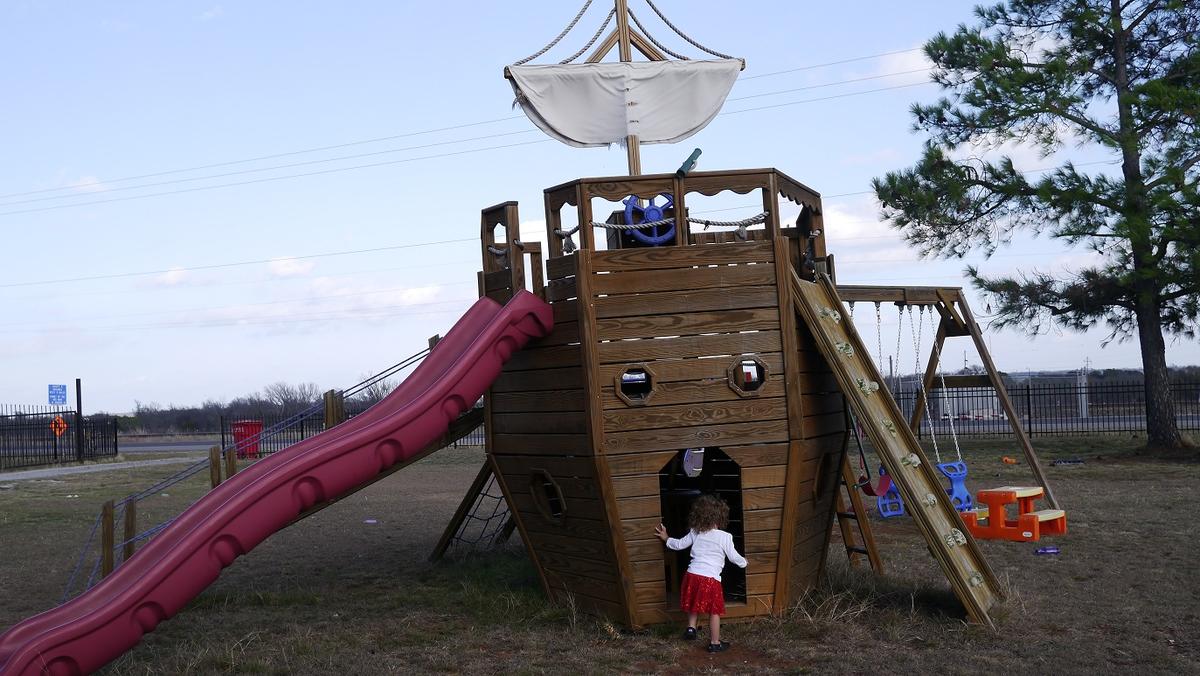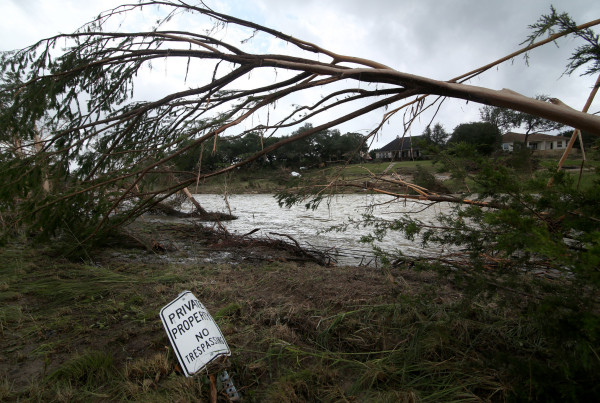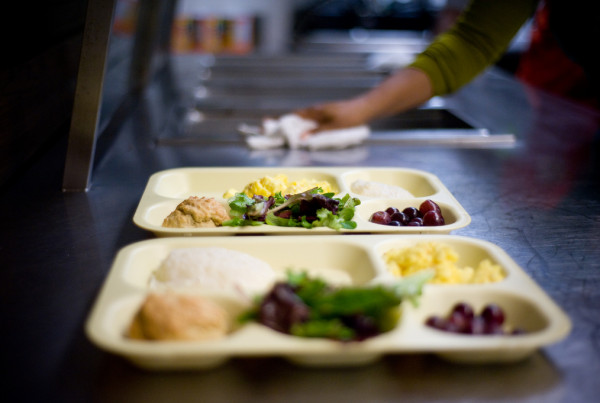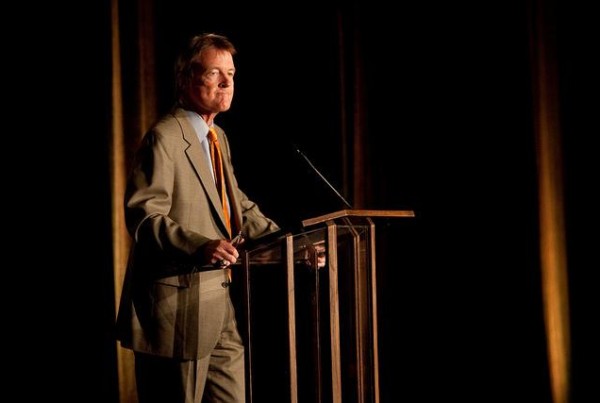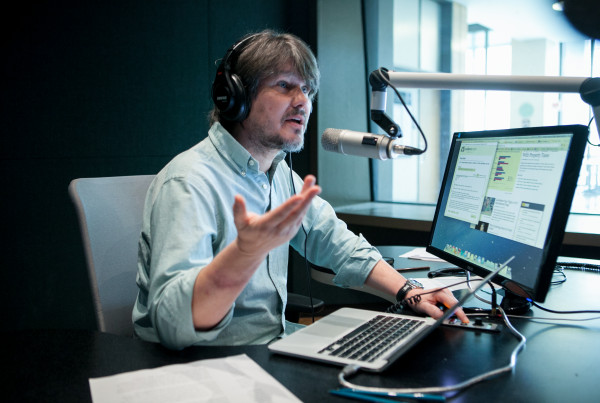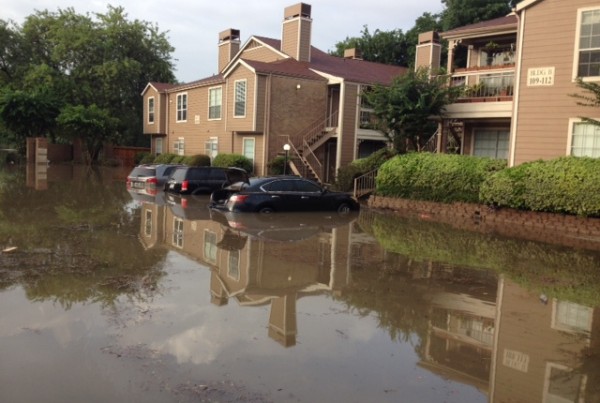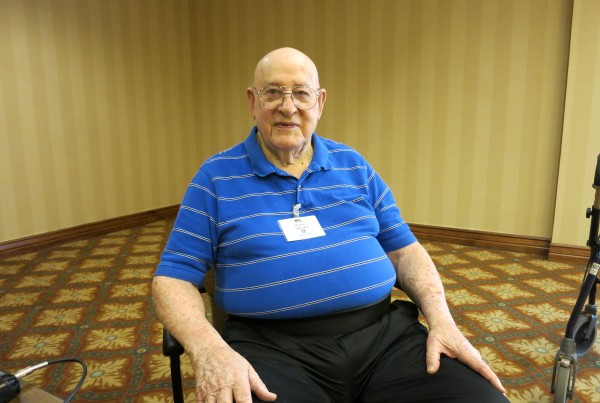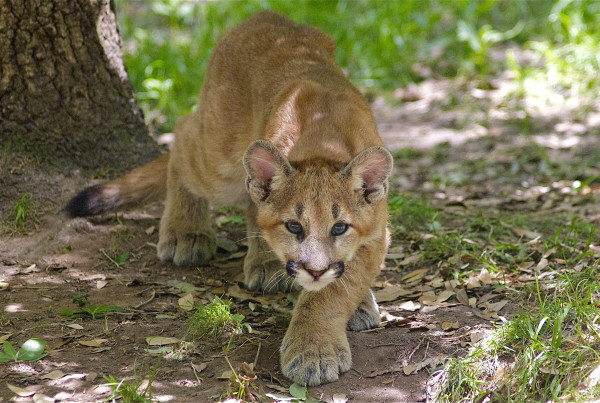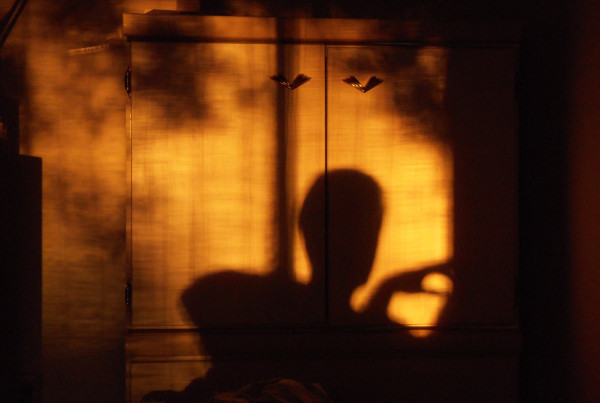This series originally appeared on KERA News.
There’s a elaborate wooden playground shaped like a ship outside the home of Steve and DeEdra Clinkscales. It’s inside a 2-acre fenced yard, next to a highway, and across from a train track.
When the trains are gone, and the traffic slows, it’s a bucolic place where foster kids from diverse racial backgrounds climb onto a pink slide and blue swings.
“We live in a predominantly white area, and not everybody agrees with us bringing children of a different race into the community,” DeEdra says.
Community reaction
When she and her husband started to foster eight years ago, the reaction from this small community of less than 1,000 was swift. A big rebel flag was left overnight in the front yard. Anonymous letters arrived asking why she and her husband couldn’t just foster white children. One person said ‘let their own kind take care of them.’
Now, Steve says the community is more compassionate.
“It’s changed a lot of people, it’s changed a lot of people for the better,” he says.
Steve is a flight paramedic, working out of helicopters. DeEdra is a former computer teacher at a local elementary school. They have three grown boys of their own.
“You know, you go into a restaurant, and you know it’s a little more accepted when you get into the metropolitan areas for the most part, but when you’re in the small communities that we’re in, you’re kinda like, ‘wow, we’re really getting some looks today,’” he says. “And that just propels us to do it more.”
Being a foster parent
DeEdra and Steve can remember the name of every single child that has come through their home. The first three were named Brayden, Amaya and Shane. Add the Clinkscales boys — Drew, Nathan and Chaz — and cycle in another 50 kids, many with medical needs, that’s a lot of work.
“It is the most heart-wrenching, most fulfilling thing I’ve ever done,” DeEdra says.
They currently have six foster kids, including an 18-month old baby with a heart condition, and a 3-year-old with cerebral palsy. All of them live in a four-bedroom, two-story house, that’s about 2500 square feet. Mickey Mouse and other stuffed characters sit in a huge playroom. Scriptures, wooden crosses and turquoise stars decorate the living room walls. Sitting in her kitchen, DeEdra says the good days make-up for the not so happy ones.
“Our heart being broken is nothing compared to what those children deserve of being loved,” she says. “When I say ‘can’t do this again Steve,’ ya know, get that phone call, and they’re leaving. And you think, ‘oh,’ and it’s hard, but you know what, God fills my heart back-up, and that new placement arrives, and it’s ok. It really is.”
The Clinkscales say they hope the state’s make-over of the foster care system will mean less stigma for foster parents. DeEdra and Steve say they’re not doing this for the money.
“Right now I’m getting just a rush of pictures in my mind of the children. One girl that came to us with eight skull fractures, from abuse. That little girl changed who I am from the core, because it doesn’t matter what she has. We support what she doesn’t have. And she gets it. That’s our reward, to see them grow.”
Hope for the redesign
Irene Clements feels the same. She and her husband have fostered 127 children, and adopted four. She’s executive director of the National Parent Foster Association in Austin.
“It would have been easy for my husband and I to hate biological parents, but by the grace of God, we know that we might have made some of the same mistakes as they did,” she says.
Clements thinks this “Redesign” that the state is rolling out, region by region, is Texas’ best shot at making effective changes. That means better training for future foster parents, and bridging the gap between foster parents and birth parents.
“Most parents, they love their children, they got into circumstances that for some reason caused them to hurt their kids,” she says. “It doesn’t mean that they don’t love their kids.”
Bill Lund, CEO of Covenant Kids in Arlington, is tasked with matching kids with foster and adoptive parents.
“The closer the biological family and the foster family are, the better chance we have at reunification,” he says. “Everyone needs to get involved. I think our medical community, our schools, churches, and judges, our legal system, all need to get behind the fact that just here in Texas there’s 500 kids a month that are in desperate need of the entire system understanding that the need to be supported.”
Even the Clinkscales’ three boys are on board. They’re in their 20’s now. One is a youth pastor. The other became a paramedic like his dad.
And the last is on his way to becoming a Child Protective Services worker for the state.
Coming up
On Thursday, our series Remaking Foster Care continues with a mom who “aged out” of the foster care system.


